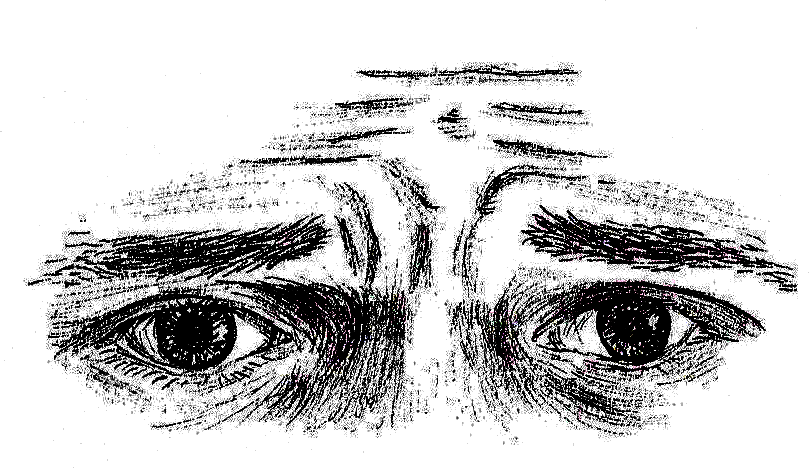
Claire Mutchnik
A new study by researchers at Yale and the Complutense University of Madrid found that worry turns people away from positive information to a much greater extent than rumination, the unproductive negative thoughts on past or present events strongly linked to depression.
Though both individuals induced to worry and those induced to rumination pay more attention to negative information compared to neutral information, the study found that those who worry were the only group to maintain an attention bias towards negative over positive information. Led by Yale psychology professor Jutta Joormann, the paper was published on Feb. 4 in the journal Emotion.
Elizabeth Lewis GRD ’20, lead author of the paper, explained that worry is often seen as an avoidance strategy, and research suggests that it produces a slightly negative emotional state in order to prevent worse negative emotions in the future. In contrast, rumination prolongs negative emotions by focusing attention on one’s negative mood and its causes and meanings.
“Essentially, our hypothesis was, if worry is emotionally avoidant, then a worry induction would lead to decreased attention to emotional stimuli, particularly negative stimuli,” said Lewis. “And if rumination is emotionally prolonging, rumination induction would lead to increased attention to negative stimuli.”
But there is not enough evidence to suggest that worry and rumination differentially affect emotion and should be treated differently, Lewis said. The team aimed to induce worry and rumination in a lab in order to tease apart correlation from causation in repetitive negative thinking and biased attention to negative topics. The study is the first time eye tracking has been used to quantitatively compare the influence of worry and rumination on subsequent attention to emotional stimuli.
As a measure of attention, participants completed mood ratings before and after worry or rumination inductions with a no-induction control group. Pairs of negative and neutral, neutral and positive and negative and positive images were presented.
The team found that all three groups displayed a bias toward negative over neutral images and positive over neutral images. Compared to the other two groups, however, worry-induced participants in particular showed a significantly diminished bias toward positive over neutral stimuli and attended more to negative over positive stimuli.
According to Lewis, this bias may be explained by positivity offset, a theory that individuals have a natural bias toward processing positive stimuli until there is reasonable belief that they are in a threatening environment. At that point, attention is drawn toward threatening stimuli.
“Worrying is a normal human experience. It is a form of mental problem-solving that prepares a person to avoid possible future negative occurrences and to anticipate the ‘worst-case scenario’ if that really happens,” said Ryan Hong, a psychology professor at the National University of Singapore who was not involved in the research.
However, he added that excessive worriers often do not carry out active behavior to avert the potential problems. They have low confidence in their ability to problem-solve, even though they can generate solutions mentally, and often procrastinate on selecting an appropriate solution and acting on it.
Similarly, people ruminate to better understand the reasons they are reacting or feeling certain ways, he said. But for some individuals, the ruminative process goes into a downward spiral that traps them into a negative and repetitive thinking patterns. This, in turn, increases their risk of depression.
It is not worry itself but getting caught up and lost in worry that really causes students to suffer, said Tracy George, director of the Good Life Center, who was not involved in the study.
“Worry really does terrorize a lot of students,” she said. “Worry about grades, scheduling, meeting internal or external expectations, failure, value, meaning, friendships, romantic relationships, money, negotiating skills, sleeping enough, getting a job or internship … the list goes on. The worst, perhaps, is worry about worry and anxiety about anxiety.”
General anxiety disorder affects 6.8 million adults, or 3.1 percent of the U.S. population, in any given year, according to the Anxiety and Depression Association of America.
Eui Young Kim | euiyoung.kim@yale.edu







